195 vs 205 Tires
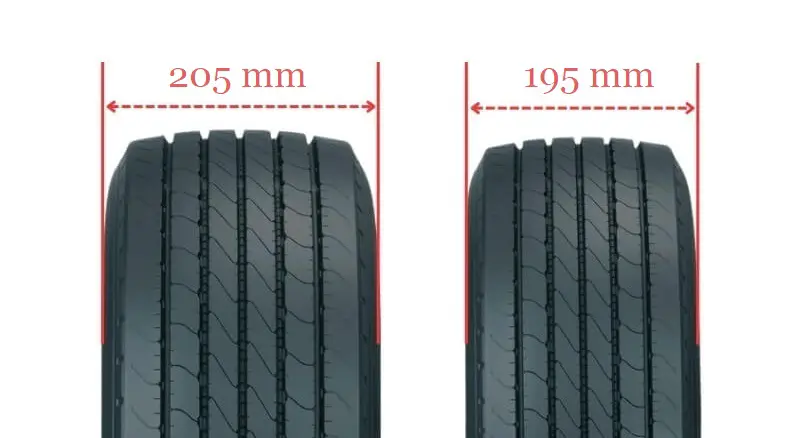
The Main Difference lies in the tread width; 195 tires have a tread width of 195 millimeters, whereas 205 tires are 10 millimeters wider, offering a tread width of 205 millimeters. This seemingly minor difference affects various aspects of tire performance, from ride comfort to fuel efficiency.
205 vs 195 Tires Table
This comparison table will help you understand the difference between those two tire size.
| 195 Tire Size | 205 Tire Size |
|---|---|
| More comfortable ride than 205 tires | Maximum traction on dry roads compared to 195 tires |
| Generally less expensive than 205 tires | Better handling performance than 195 tires |
| Better traction in snow, rain, and slush | Better choice for carrying heavier loads |
| Better fuel economy | More attractive appearance than 195 tires |
| Recommended rim width: 5.5 to 7 inches | Recommended rim width: 5.5 to 7.5 inches |
| 10 millimeters smaller than 205 tire size | 10 millimeters larger than 195 tire size |
| Can replace a 205 tire size (similar range of rim widths) | Can replace a 195 tire size (similar range of rim widths) |
Ride Comfort
Smaller 195 tires might deliver a smoother ride on highways and city streets due to their design, which is optimized for on-road performance.
In contrast, the increased sidewall height of 205 tires provides superior impact absorption, making them ideal for rough terrains and enhancing comfort during off-road adventures.
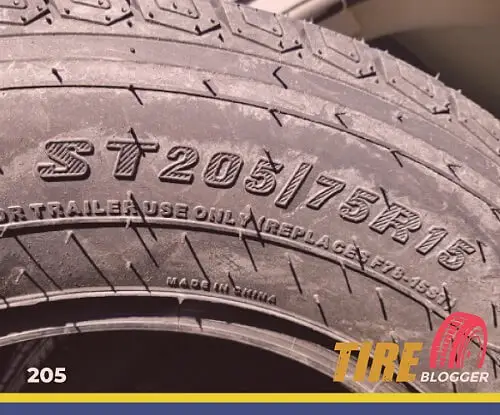
Ground Clearance
The larger 205 tires offer improved ground clearance, beneficial for navigating off-road paths or rough terrains, but potentially lowering speedometer accuracy.
On the other hand, 195 tires maintain closer proximity to the vehicle’s original design specifications, preserving speedometer readings but offering less clearance.
Gas Mileage
The 195 tires typically yield better fuel efficiency due to their smaller contact patch and reduced rotational mass, a vital consideration for daily commuting.
The broader and heavier 205 tires, however, may decrease gas mileage due to increased rolling resistance.
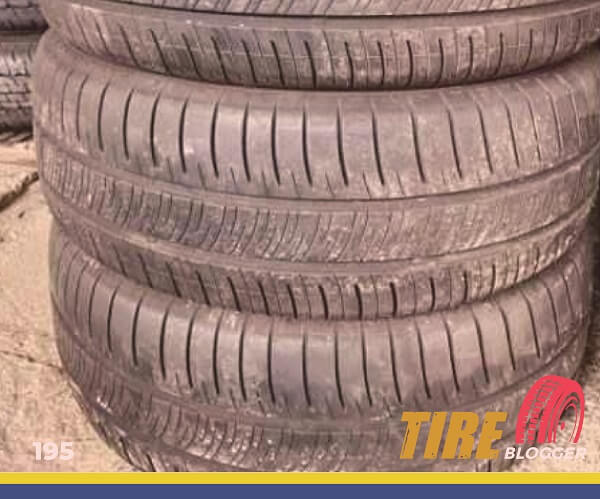
Aesthetics Look
While 195 tires contribute positively to a vehicle’s aerodynamics, 205 tires provide a bolder, more aggressive look. However, this aesthetic enhancement might come at the cost of reduced aerodynamic efficiency.
Handling & Stability
The smaller 195 tires are known for their enhanced handling and quicker responsiveness on paved roads.
Conversely, 205 tires offer improved stability and traction, especially in off-road conditions or on uneven surfaces, thanks to their wider footprint.
Noise & Vibration
The 195 tires may offer a quieter ride on smooth surfaces but can transmit more road imperfections. Larger 205 tires tend to generate more road noise but can absorb more vibrations due to their larger air volume and sidewall height.
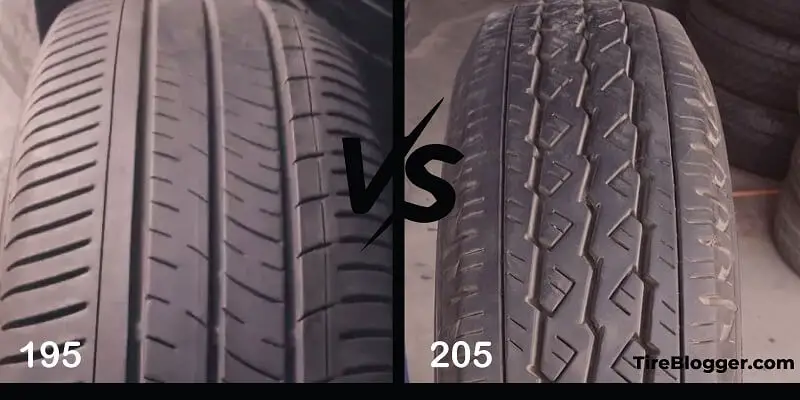
Durability & Wear
The more compact 195 tires can exhibit even wear and potentially longer tread life. However, the robust 205 tires, while capable of enduring more impacts, might accelerate wear on vehicle components due to their greater weight.
Adverse Performance
In snowy or icy conditions, 195 tires might perform better by cutting through to the road surface. Meanwhile, 205 tires could offer better traction in muddy or off-road conditions due to their increased width and surface area.
Difference Between 195 and 205 Tires
The main difference is the section width, with 205 tires being 10mm wider than 195 tires. This affects tire performance, including handling, traction, and comfort.

Can I Use 195 Tires Instead of 205?
Yes, it is possible to use 195 tires instead of 205 tires. The ideal rim width range for 195 tires overlaps with the range for 205 tires, making the switch possible.
However, the aspect ratio and rim diameter should match to avoid issues. If they differ, keep the overall diameter variance within 3% to avoid affecting speedometer precision and vehicle handling.
Can I Use 205 Tires Instead of 195?
Yes, you can use 205 tires instead of 195 tires. The ideal rim width range for 205 tires overlaps with the range for 195 tires, allowing for a safe switch.
Ensure the aspect ratio and rim diameter match for optimal performance. If these measurements vary, keep the overall diameter difference within 3% to preserve speedometer accuracy and vehicle performance.
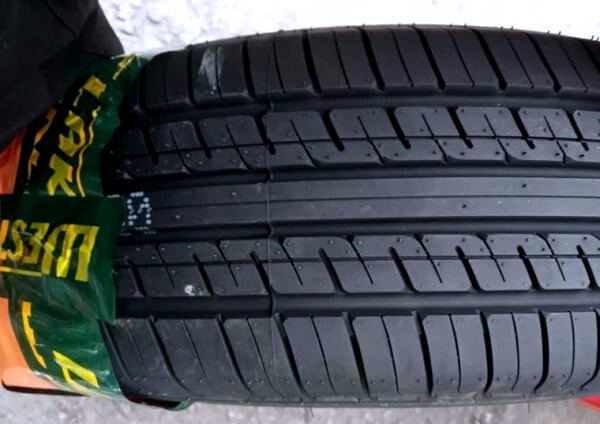
Can I Put 195 Tires on 205 Rims?
Yes, you can put 195 tires on rims designed for 205 tires. The ideal rim width range for 205 tires (6.0-7.5 inches) overlaps with the range for 195 tires (6.0-7.0 inches), ensuring proper fitment. Keep the aspect ratio and rim diameter consistent.
Can I Put 205 Tires on 195 Rims?
Yes, it is possible to put 205 tires on rims designed for 195 tires. The ideal rim width range for 195 tires (6.0-7.0 inches) overlaps with the range for 205 tires (6.0-7.5 inches), allowing for a proper fit. Maintain the same aspect ratio and rim diameter.
Our Observation
Choosing between 195 and 205 tires boils down to prioritizing your driving needs. If fuel efficiency and on-road performance are your primary concerns, 195 tires are the ideal choice.
However, for those who value comfort on rough terrains, enhanced aesthetics, and improved off-road capability, 205 tires stand out as the superior option.
Ultimately, understanding these subtle differences enables drivers to make informed decisions that best suit their lifestyle and driving conditions.

Meet Caitlin McCormack, a Tire Size Expert and Blogger Passionate About Everything Related to Tires. With Years of Experience in the Tire Industry, Caitlin Has Become an Expert in Tire Sizes and Their Impact on Vehicle Performance.
